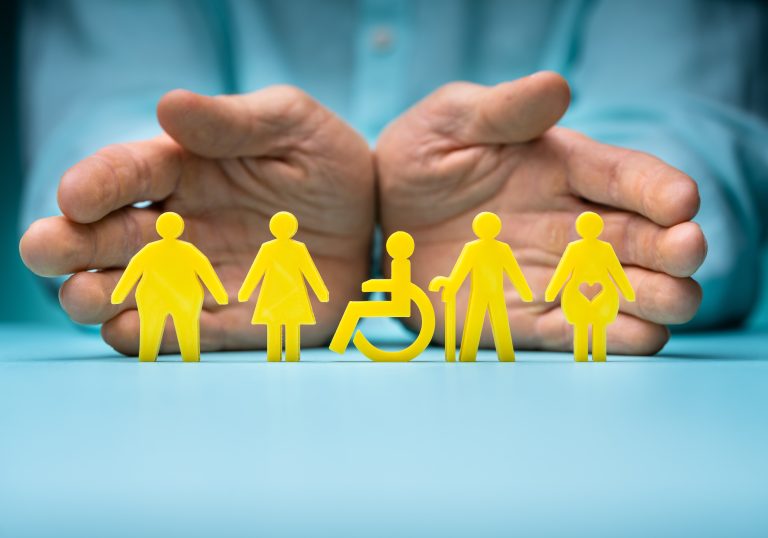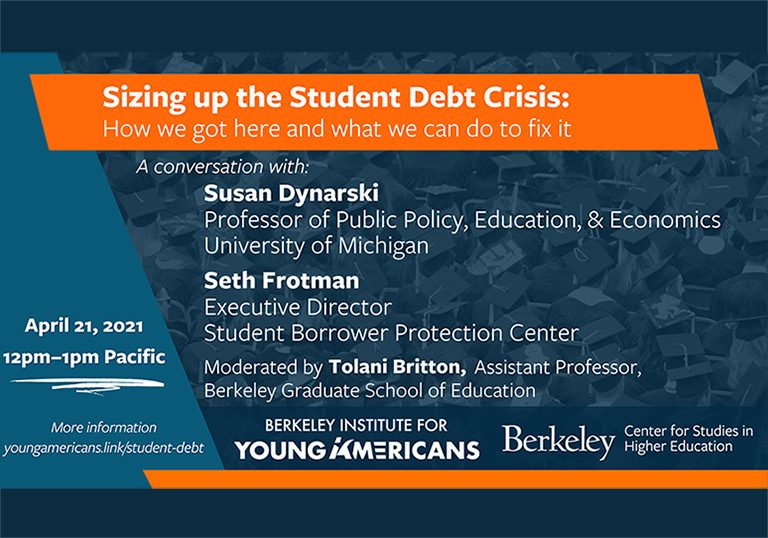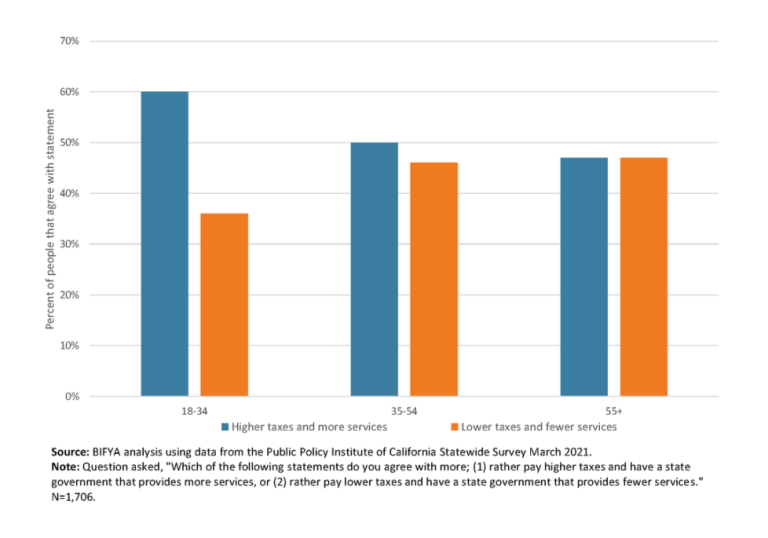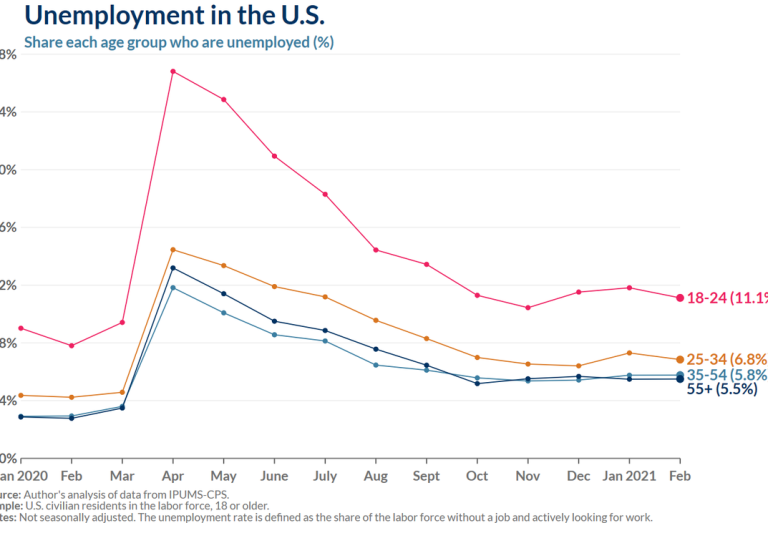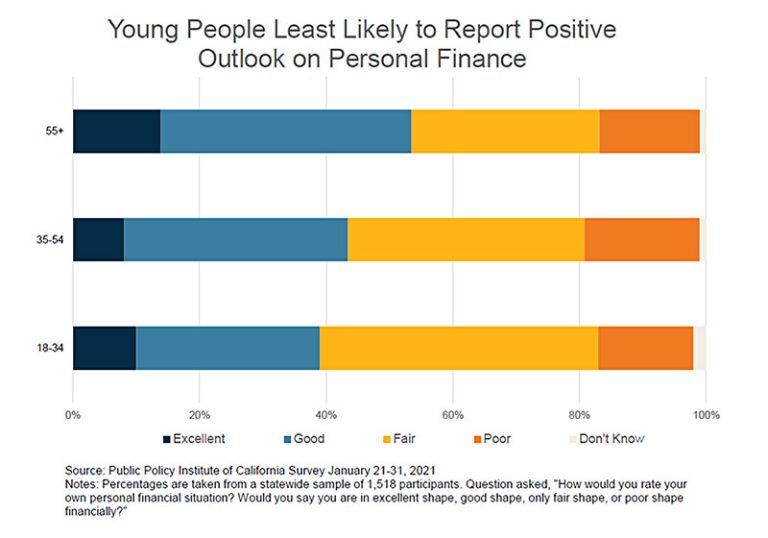
The number of young people (ages 18-24) living in poverty has increased over the last several decades, with young adults among the most poverty-prone age groups since the onset of the Great Recession, according to a new issue brief from the Berkeley Institute for Young Americans (BIFYA).
James Hawkins, associate director of research at BIFYA, used historical data from the Current Population Survey to analyze how poverty trends across the age spectrum have changed over time. Here are a few key findings from the issue brief:
- Since the onset of the Great Recession, poverty rates for young adults (18-24) are among the highest across the entire age distribution.
- A substantial jump in poverty occurs between age 17 and age 18 during a pivotal transition to adulthood.
- Since the 1980’s, the share of young adults in full-time university programs and in poverty has doubled.
- Poverty among children and the elderly has dropped significantly since the 1970s, due in part to social safety net programs that specifically target these groups.
- The Earned Income Tax Credit (EITC) helps to reduce poverty among young adults; however, the EITC is much more effective at reducing poverty for children.
The issue brief, technical appendix, code, and press release are available for download.
Contact: jamesohawkins@berkeley.edu



